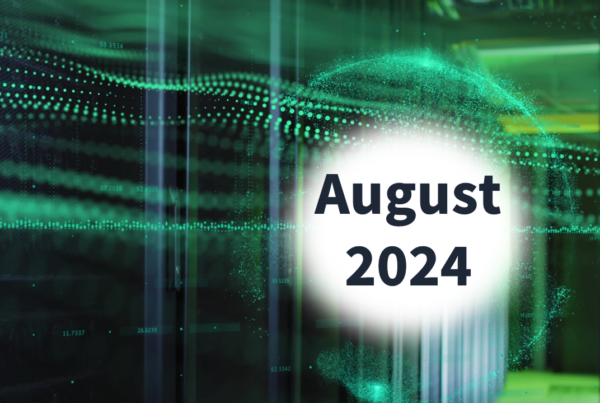
The Customer Analytics Advancement Group at UAI meets to share insights and experience on the use of customer segmentation. This is a report out of the discussion.
Knowing your customer is the key to business success for nearly any business. That is why so many utilities have had a sharp focus on segmentation, persona development, and customer behavioral patterns in recent years.
One area of focus is around program enrollment and retention. In the past, more primitive segmentation efforts often resulted in a small percentage of customers signing up for programs, and even fewer staying on for a meaningful period of time.
With substantive increases in the amount of data, advanced segmentation methods using predictive models provide a much more accurate picture of customer needs and propensity to adopt various solutions. This makes it possible for utilities to save money by focusing marketing efforts on smaller groups of customers that are more likely to adopt and retain an offer or program.
One anonymous utility, Utility A, focused segmentation efforts on program enrollment and retention. A small analytics team looked at customers that had historically enrolled, retained, and cancelled their participation in the program, looking at demographic variables such as age, income, homeowner status, occupation, and purchasing habits. Using a linear regression model, the group was able to identify the most influential variables associated with enrollment, retention, and cancellation.
Utility A then used this information to create personas that now inform its marketing strategy in terms of who to target with direct mailing efforts, who to test different messages and incentives with, and who to leave out.
Taking the next step with qualitative data
A large number of utilities are taking similar steps with segmentation, but many still ask a very important question: why do customers adopt and retain various programs and services? By understanding this, utilities can become masters in engaging their customers.
Few utilities have gotten to this point, in part because there have historically been few, if any, incentives to do so. However, customer preferences, expectations, and modes of communication have evolved rapidly in the current digital era, and will continue to shift as millennials age. “We are in a moment of change; utilities are becoming more and more customer centric,” says Liz Kelly, Director of Qualitative Research at Illume Advising.
This is where the use of qualitative and observational data can be transformative. “Utilities can use the actual customer experience as a lens to identify areas of improvement, but what is exciting is how it can be used to identify completely new opportunities,” according to Kelly.
“When you’re immersed in something, it’s hard to see the forest from the trees,” she continues. For example, by mapping out the customer experience from awareness to adoption, utilities can identify places in which they might be able to make even small improvements; these are things like the time of day that a customer is communicated with, or the medium used to communicate with that person (phone, in-person, email, etc.). It might also lead to more transformative efforts that include things like new technology adoption and re-envisioned product development strategies.
Click here to learn more about Utility Analytics Institute membership and Analytics Communities.














